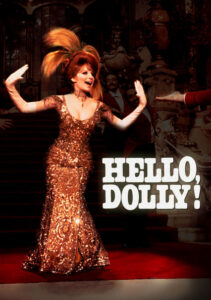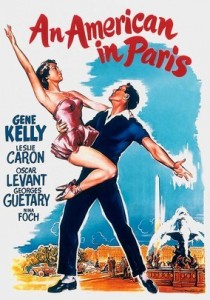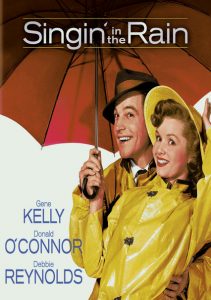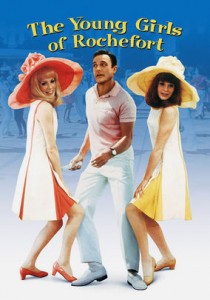Hello, Dolly! -1969
Director Gene Kelly
Starring Barbra Streisand, Walter Matthau
Scott’s Review #1,273

Reviewed July 5, 2022
Grade: B+
I was surprised by my reaction to Hello, Dolly! (1969), a musical comedy starring the brilliant Barbra Streisand in only her second film role.
The songs are tailor-made for the diva’s vocals and are the follow-up to her Oscar-winning turn in Funny Girl (1968), made just a year earlier.
The film is enjoyable, with enough songs to hum along to, but it suffers mightily from miscasting Streisand in a role much too old for her and a ghastly lack of decent chemistry between the leads.
Nevertheless, the memorable and outstanding dinner scene toward the conclusion of the film makes the overall effort worth the wait and bumps it up to a generous B+, up from a tepid B.
The excellent supporting players helped save Hello, Dolly! from mediocrity, since I felt much more invested in their story than in the lead’s.
Still, based on the synopsis and talent potential, I was anticipating a solid A rating, but this was not to be, as Hello, Dolly! brought the once-reliable musical comedies of the 1950s and 1960s to a crashing halt as 1970 approached.
The time is the 1890s in New York City and Yonkers, New York, as the bold and enchanting widow Dolly Levi (Streisand) is a socialite-turned-matchmaker, though she yearns for her own love life.
Her latest client is the grumpy but wealthy Horace Vandergelder (Walter Matthau) and a young artist named Ambrose (Tommy Tune), who is in love with Horace’s niece, Ermengarde (Joyce Ames).
Dolly has secret romantic designs on Horace and is determined to land him, while Ambrose and Ermengarde have little to do.
Dolly’s meddling soon involves Horace’s employees, Cornelius (Michael Crawford) and Barnaby (Danny Lockin), who become smitten with a New York hatmaker, Irene (Marianne McAndrew), and her ditzy assistant, Minnie (E.J. Peaker).
For starters, anyone who has seen or knows the history of the 1960s stage version of Hello, Dolly! knows that Carol Channing portrayed the role and should have been in the film.
She is so well known for the role that she won a Tony and reprised it many times during her storied career, becoming far more famous than Streisand ever was for the role.
Streisand was only twenty-six when she made Hello, Dolly!, and is too youthful for the matronly role, despite the help of makeup and costumes. This isn’t very pleasant because the main reason Streisand was cast was that her career was taking off.
The other glaring problem is that there is no chemistry between Streisand and Matthau, and it’s unclear why Dolly is even romantically interested in Horace, aside from perhaps his money.
Needless to say, he is too old for her.
There is no rooting value for the couple at all, and a fun fact is that the two stars hated each other during filming. This provided a chuckle or two.
All is not lost, though, because the supporting foursome of Cornelius, Barnaby, Irene, and Minnie steals the show. The hijinks between the characters as the boys struggle to figure out how to pay for a lavish champagne dinner for the girls is physical comedy at its finest.
The lavish dinner scene set at the Harmonia Gardens Restaurant saves the film.
Dripping with a beautiful set design, bright red velvet decor, and perfect choreography, the highlight is an adorable rendition of the title song between Streisand and Louis Armstrong.
The sequence is so great that it almost makes me forget about the missteps surrounding the rest of the film.
Director and actor Gene Kelly is most known for starring in An American in Paris (1950) and knows his way around a musical or two. He does wonders with all facets of the production, but can’t be blamed for the casting choices.
Surprisingly, Hello, Dolly! (1969) received seven Academy Award nominations and won three. This assuredly is a result of a conservative tendency by the Academy members who worshipped the once-mighty musical genre.
Unfortunately, the genre limped into the edgier 1970s and would remain, for many years, more or less obscure.
Oscar Nominations: 3 wins-Best Picture, Best Art Direction (won), Best Cinematography, Best Costume Design, Best Film Editing, Best Score of a Musical Picture-Original or Adaptation (won), Best Sound (won)



